In people’s homes, under trees, in classrooms – these are some of the more unusual places where I have performed the simple operation needed to treat advanced trachoma, the world’s leading infectious cause of blindness.
Trachoma is a bacterial infection transmitted through personal contact and a particular species of fly. If caught early enough, it can be treated with antibiotics but if it progresses, it can – very painfully – turn the eyelashes inwards causing scarring. Surgery is the only solution to restore some sight before the damage becomes permanent.
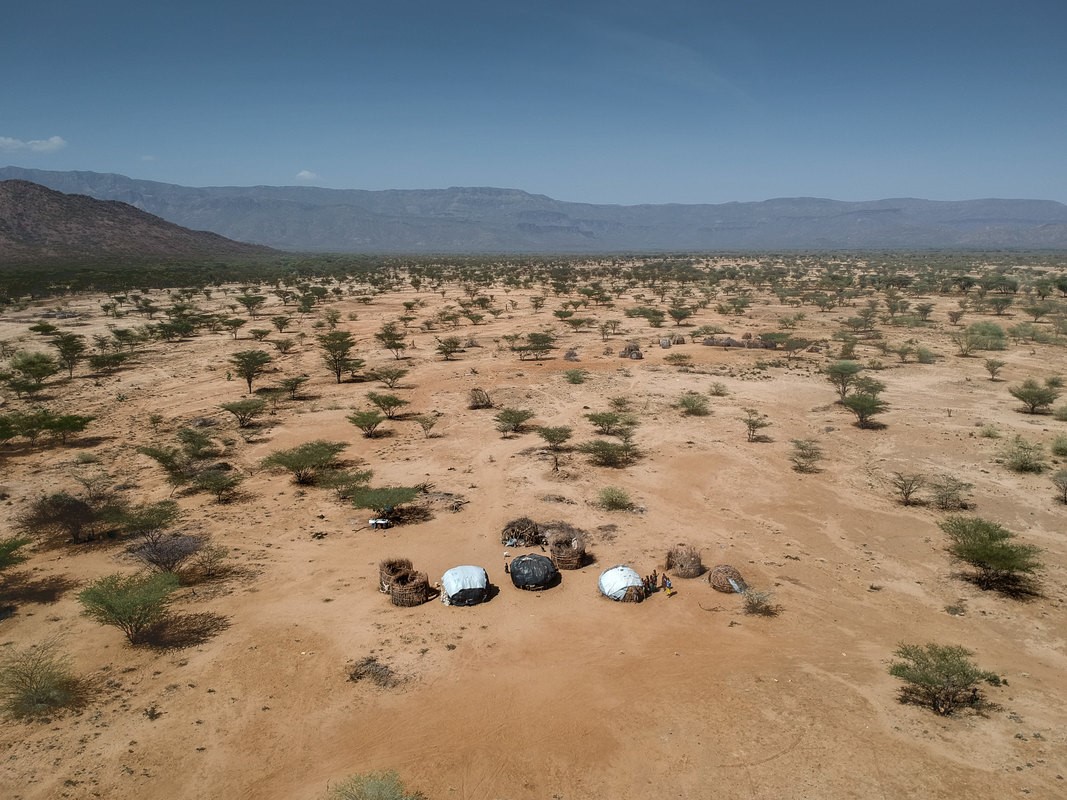
10 years ago when I became the first eye surgeon to treat local people with trachoma, the public health need was clear. Trachoma affects over 30 per cent of people living in arid and semi-arid areas of Kenya, and around the world, trachoma is responsible for blindness or visual impairment of around 1.9 million people.
I worked in this rural community with my small team, treating people in the early stages of trachoma with antibiotics, and carrying out surgery on the most severe cases – those with what is called trachomatous trichiasis (TT). Mostly, we do surgery wherever the patients are – with the right preparations made, it can be done anywhere using a mobile theatre.
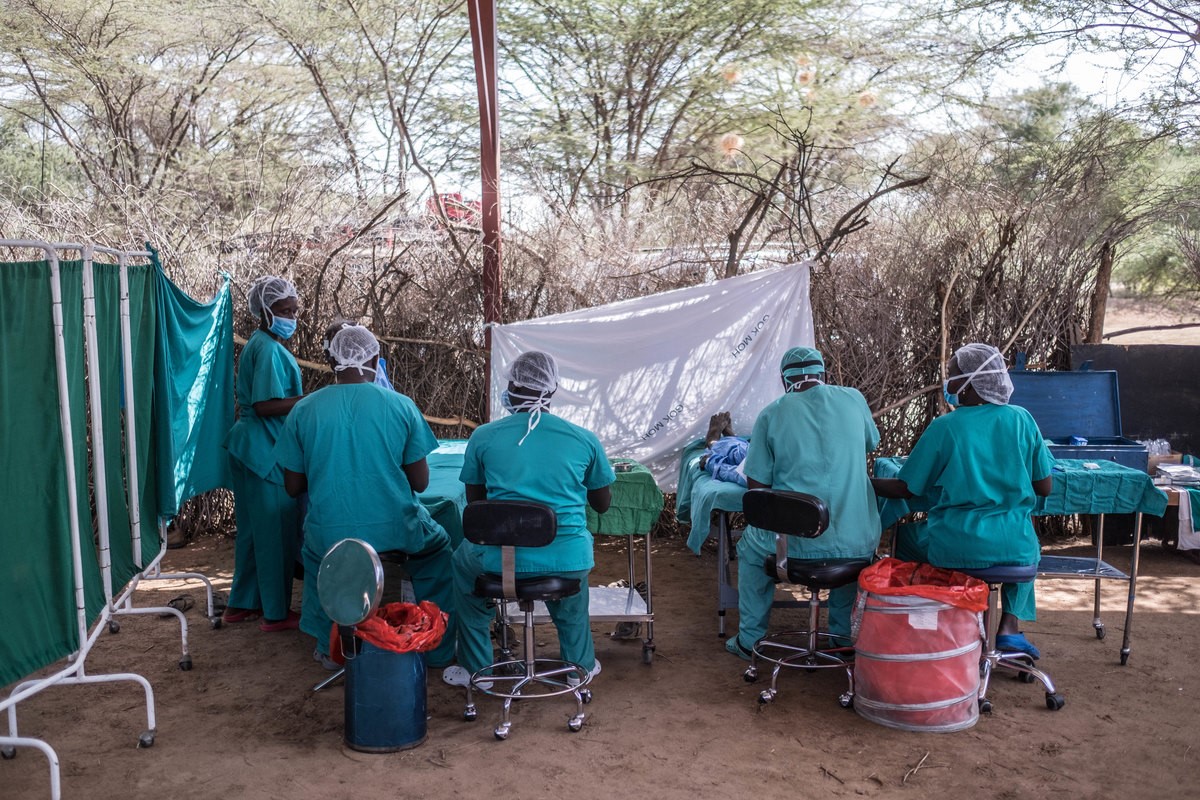
We also started doing outreach work, finding new cases, and educating people in how to avoid the disease. Today this includes incorporating the World Health Organization’s SAFE strategy (Surgery for trichiasis trachoma, Antibiotics, Facial cleanliness, and Environmental improvement). We have made good progress with SAFE; all the areas it encompasses are important because in many rural communities, food and water are scarce and living conditions can be unhygienic, allowing the flies — which carry the disease — to multiply.
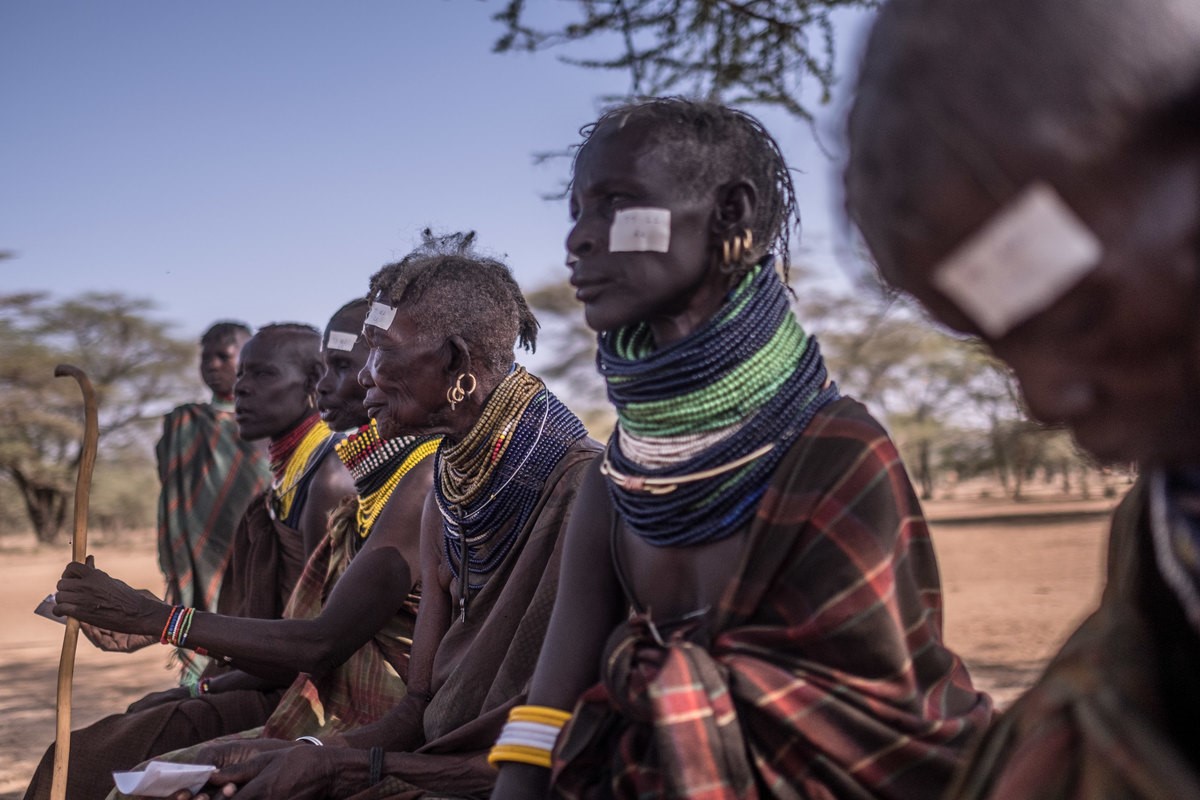
As the ophthalmic services co-ordinator in Turkana, I also work hard to ensure we make good progress towards training staff with the skills they need, building up the local infrastructure and monitoring cases with the use of a digital app.
The Kenya trachoma elimination programme started in 2012, and two years ago in 2018, we managed to clear a backlog of 11,000 people needing surgery in Turkana region. I have now performed eye surgery on more than 3,500 trachoma patients.
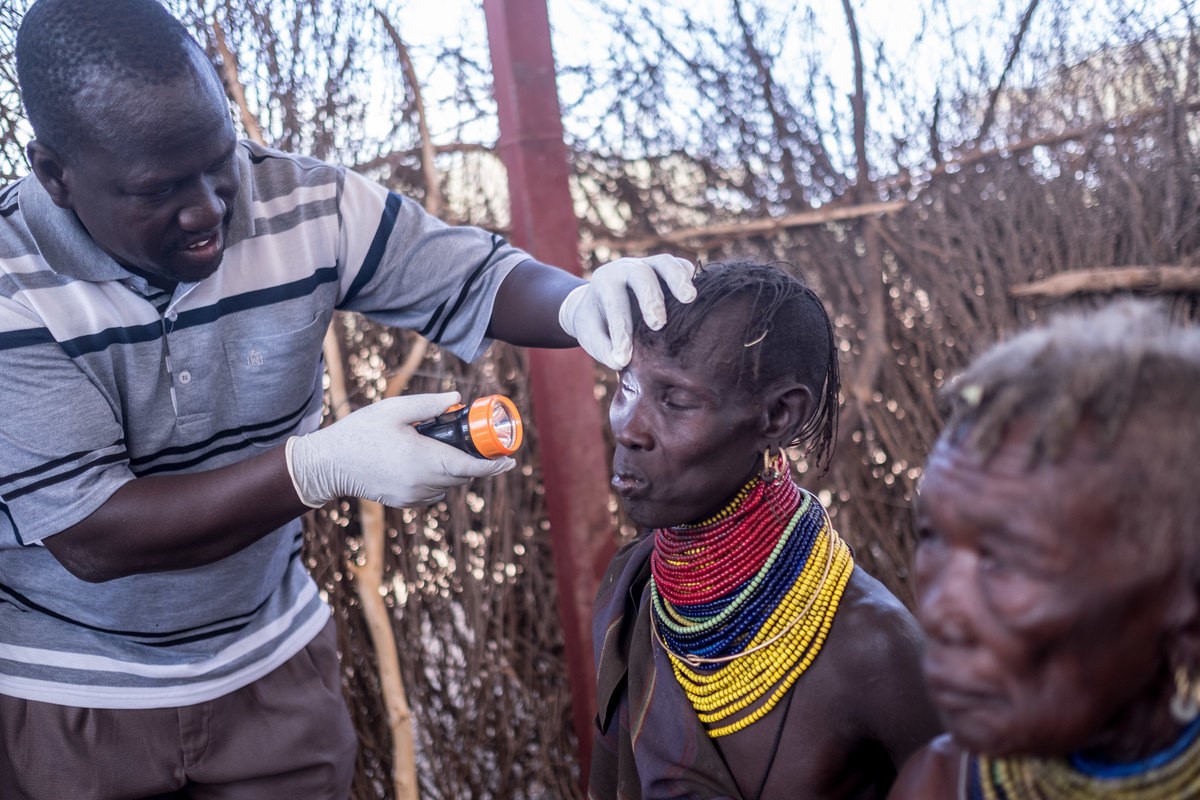
Many people struggle to get the surgery they need, either because they do not know that help is available or because the journey to hospital is long and treacherous. So, I have also travelled to mountainous and remote areas in other regions of Kenya, Uganda, and South Sudan to find people in need of such care.
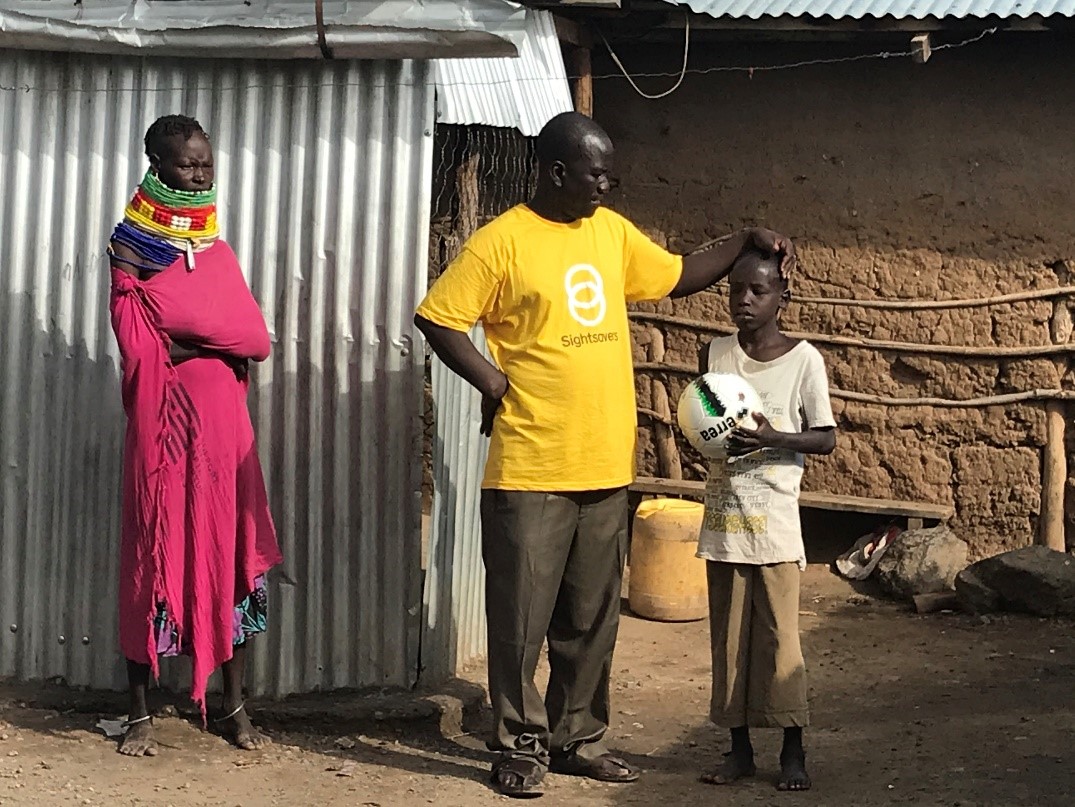
I was trained to be a TT surgeon by the international charity, Sightsavers and one of its partners, The Queen Elizabeth Diamond Jubilee Trust. Sightsavers works to protect sight and fight for disability rights in more than 30 countries and continues to train trachoma surgeons to carry out this very important work.
Replicas of surgical instruments used by Samson are on display in Medicine: The Wellcome Galleries at the Science Museum. The museum reopens to the public on 19 August 2020.
This project was supported by The Queen Elizabeth Diamond Jubilee Trust, a time-limited charitable foundation established in 2012 to mark and celebrate Her Majesty The Queen’s Diamond Jubilee. In January 2020, the Trust successfully completed its programmes and ceased operating as a grant-making organisation having achieved a significant, sustainable reduction in avoidable blindness across the Commonwealth and created and developed a cadre of remarkable young leaders in honour of Her Majesty The Queen.
One comment on “Treating trachoma in Kenya”
Comments are closed.
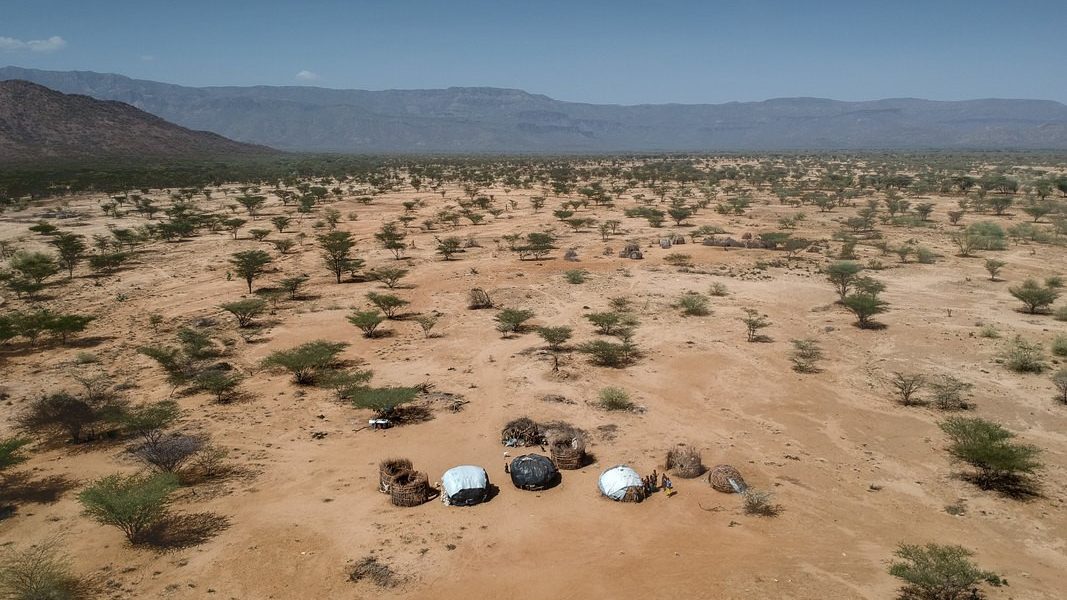
This is amazing and ispiring. A heartful thank you.